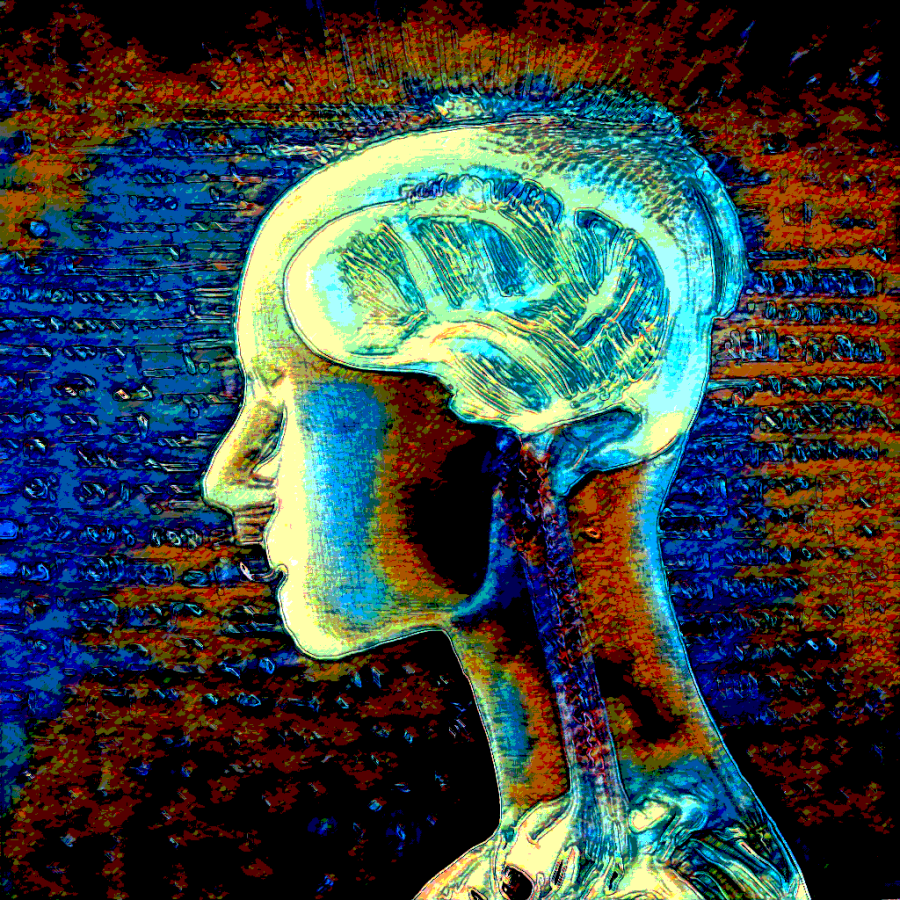AI art spells trouble for already struggling artists
March 13, 2023
Artificial intelligence’s rapid progression has led businesses to begin implementing it into their respective fields as a means of increasing efficiency.
Softwares such as DALL-E, OpenAI and Stable Diffusion can be used to create illustrations, 3D models and even original prose. Now that art has been added to the long list of fields AI can infiltrate, many creators are anxious for the future.
Numerous artists have opposed the ongoing implementation of AI into art, saying that AI could take away many job opportunities for already struggling artists and make art soulless.
“They can make endless variations, served up immediately at the push of a button, all made without a brain or a heart,” illustrator James Gurney told The Los Angeles Times.
Gurney also pointed out that many AI-generated artworks have recurring flaws that become apparent the more someone is exposed to it. He says this makes it feel generic compared to human art.
The issue of ownership also comes up often in conversations about AI art. AI generated images are the amalgam of contributions from numerous parties, from the coders who program the AI to the artists behind the human art pieces that the AI uses as reference points.
Copyright laws are hard to apply to this uncharted territory, but precedent indicates that the latter may be owed compensation for their work’s usage.
Many are even likening the process by which an AI compiles human-made art to theft, since most artists have not consented to their art being used as a source for the software.
“The AI generators pull art from everywhere on the internet that it’s freely available to view,” Simona Tolcheva writes for the MakeUseOf newsletter. “But freely available to view is not the same as freely available to use.”
Those in support of AI art believe that it should be considered real art because of the human work that goes behind programming the software to produce its “art.”
Ahmed Elgammal, director of the Art and Artificial Intelligence Laboratory at Rutgers University, argues that AI art is a form of conceptual art that places an emphasis on the notions behind a piece, along with the collaboration between the artist and machine, rather than the piece itself.
Others have claimed that AI art makes art a more accessible medium by facilitating those that are inexperienced.
“Not everyone can write, direct, and edit an Oscar winner like Toy Story 3 or Coco,” tech reporter Kevin Kelly writes for Wired. “But everyone can launch an AI image generator and type in an idea.”
Kelly also argues that the applications of AI art might vary. For instance, an unskilled artist might produce unique images for personal projects that don’t yet exist on the internet.
This would help bolster creativity by allowing someone to focus on other aspects of project management without worrying about the added time expense of producing conventional art.
But what makes art beautiful is the artist’s passion and effort to bring their vision to life. There’s no sense of progression or personality with artificially produced art; just an uncanny compilation of code.







